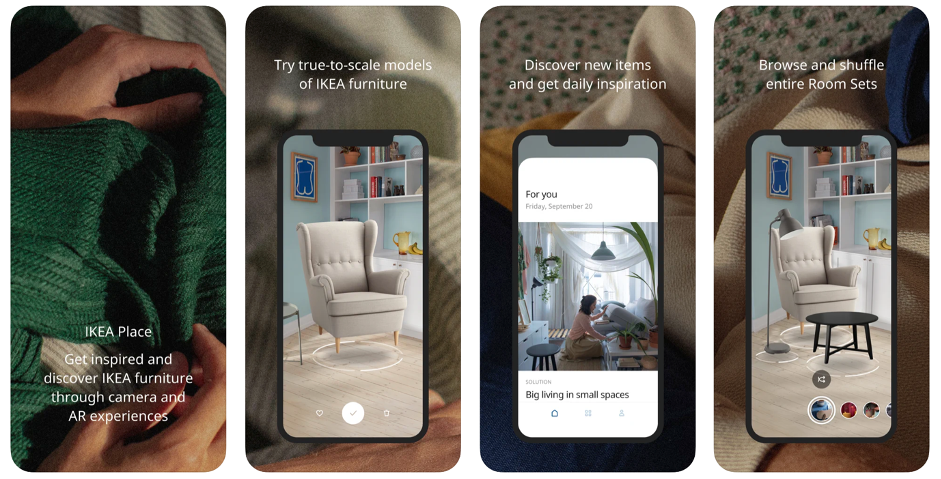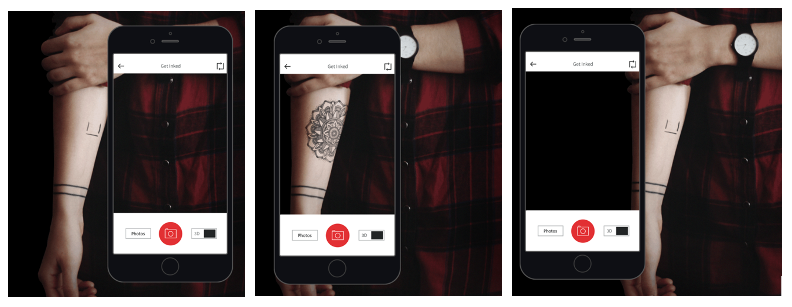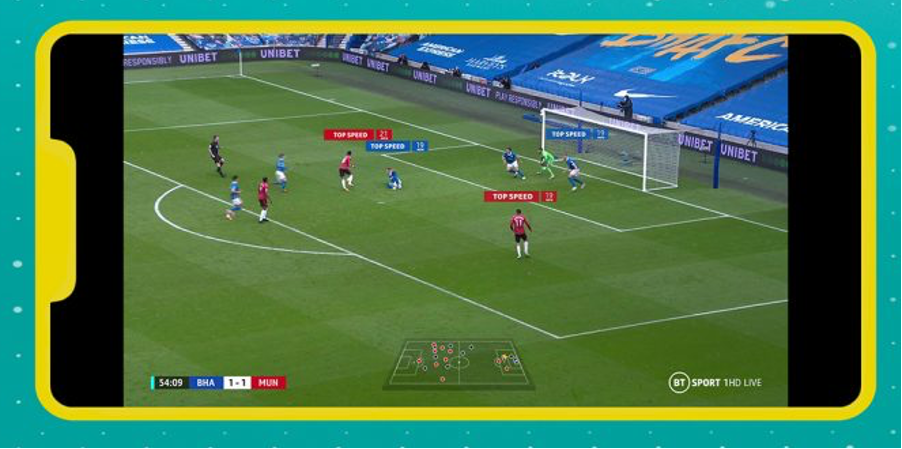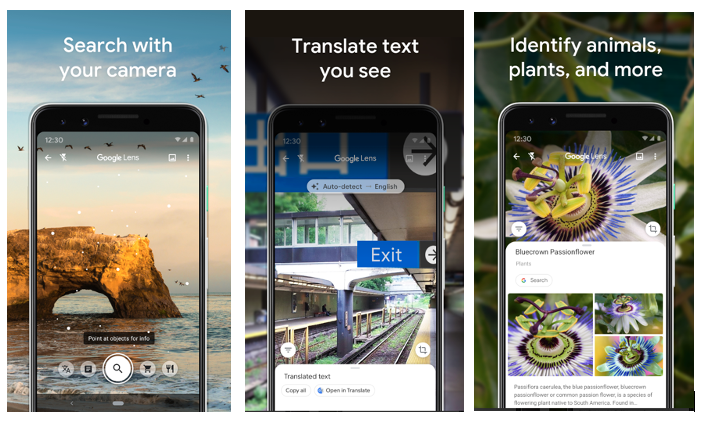For many years augmented reality (AR) has been portrayed as the next big thing. Apple CEO Tim Cook has voiced his excitement about AR technology on numerous occasions. In 2017 Apple developed their AR developer framework ARKit, opening the door for the development of progressive AR-based apps such as Sky Map, described as a hand-held planetarium in a phone enabling users identify stars and planets.

Another example, IKEA Place, allows users to virtually place true-to-scale 3D models of furniture in their own homes.

Inkhunter gives users an opportunity to ‘think before they ink’ by allowing them to visualise how tattoos would look on their body before going under the needle.

2020 has set the stage for next-level AR experiences
This year Apple released the iPad Pro 2020 and the iPhone 12 which have a LiDAR (Light Detection and Ranging) scanner. The LiDAR scanner works similarly to radar but uses lasers to judge distances and depth. This is big news for augmented reality as these devices support more powerful AR apps, promising new dimensions, especially in AR gaming and shopping.
One of our clients BT has already utilised this new iPhone 12 AR functionality. In 2020 they announced the arrival of the UK’s most immersive AR experience in a new feature of the BT Sport app called Match Day Experience.
With sports fans currently unable to attend stadiums, Match Day Experience offers an innovative AR-enabled viewing experience, including the ability to:
- Watch live sports in 360° and select different camera angles and viewpoints not normally seen in broadcasts – like being in the stadium itself.
- Transport yourself into exclusive behind-the-scenes experiences of leading football teams and stadiums.
- Add real-time graphics like a mini map on the pitch tracking the positions of all the players, player names and speeds, as part of the augmented match coverage.


In 2020 Google has taken the lead in the AR race
Whilst a lot of organisations have been dipping their toes into AR in 2020, Google has dived right in and taken an early lead in the arena with a multifaceted integration of AR features into many of their products.
First, they upgraded their ‘Live View’ feature in the Google Maps app. Now users can navigate using virtual street signs and directional arrows superimposed on the screen.

Second, Google Lens got an update with the addition of smart scanning. Now you can copy text from physical paper into computers, identify unknown objects and even learn a new language or navigate foreign terrain through text translations and accompanying pronunciations. All can be done keyboard-free with just the use of your device’s camera.

Third, this October Google Lens got another AR boost with new features like step-by-step learning guides and videos designed to help users understand foundational concepts in math, chemistry, biology and physics.

You can also search for a product online simply by taking a photo or screenshot of it.

To top it all off, this year Google released Chrome 81 to support AR on the web. Chrome AR is a highly anticipated product which will eventually allow users to logon to AR-enabled websites and access the same level of AR functionality on the web that they receive with specialised apps. Practical application of this technology is what we’ll be keeping an eye on in 2021.
AR hasn’t quite become mainstream, but it is definitely heading in that direction. In our next blogpost, we will talk about how AR is shifting the field of e-commerce, creating new shopping experiences in the pandemic that will continue into the post-pandemic world.
Could you be using AR to improve your customer experience?
We’d love to help you find out! We have all the tools to help you research, test and design experiences that work. If you would like to discuss how we can help you, get in touch.




